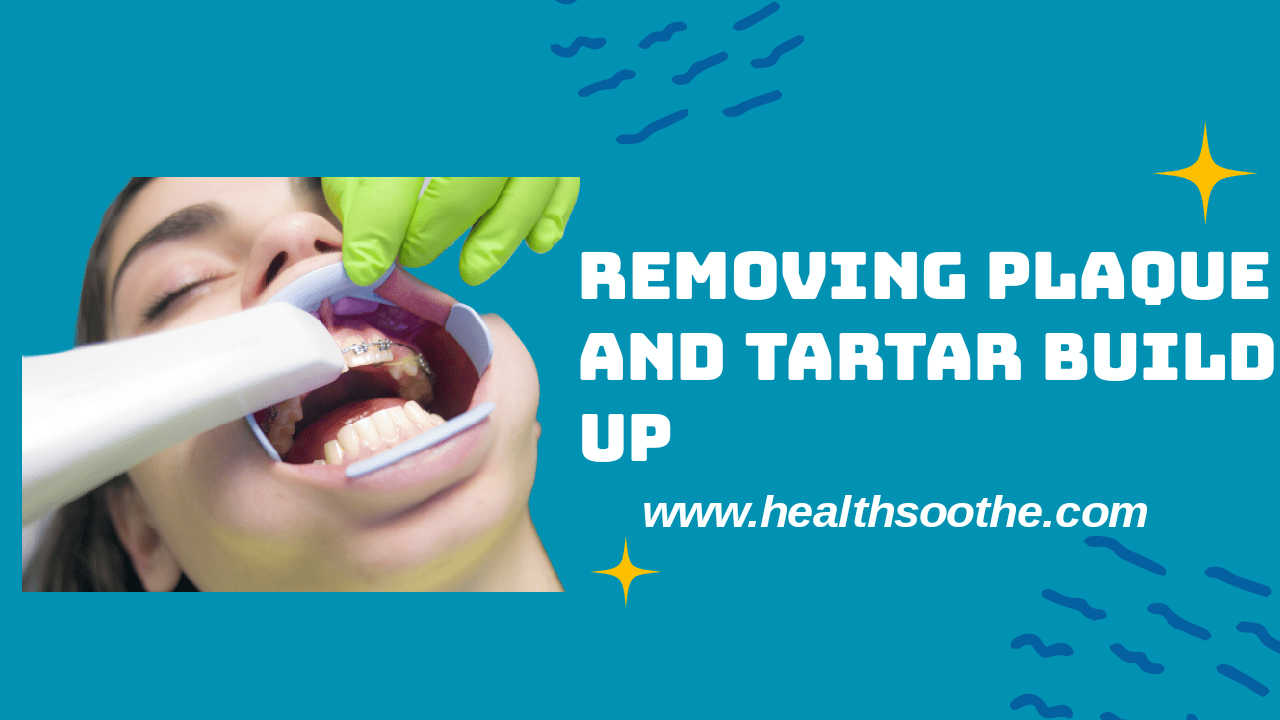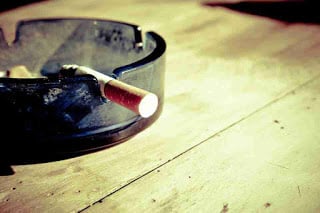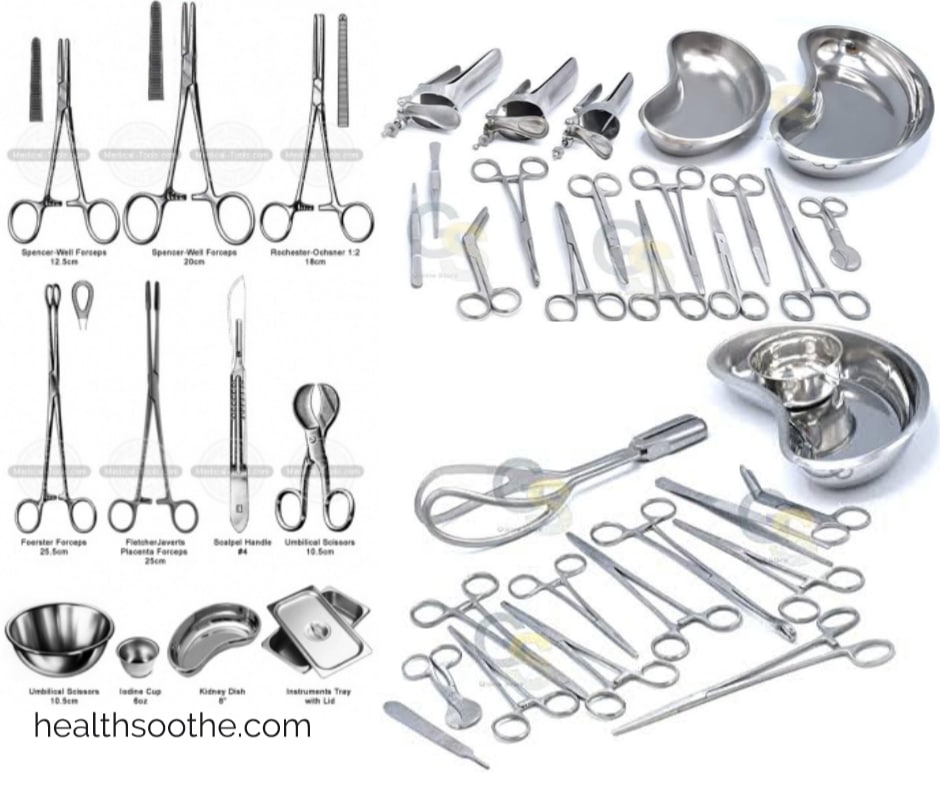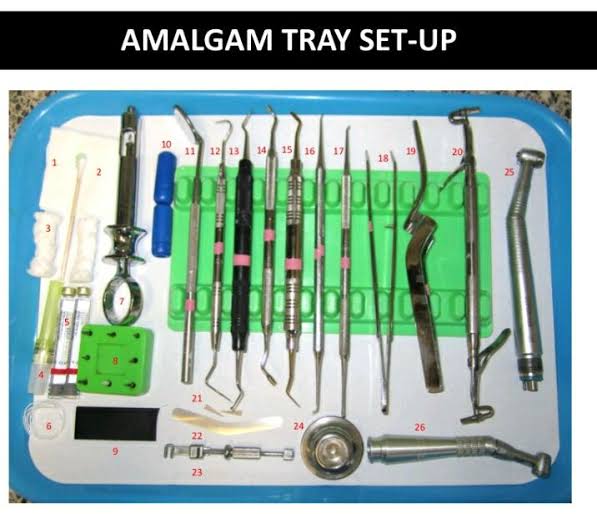When it comes to oral hygiene, plaque and tartar are two of the biggest enemies. Plaque is a sticky film of bacteria that forms on teeth, and tartar is plaque that has hardened and become calcified. While plaque can be removed with regular brushing, tartar can only be removed by a professional dental cleaning.
[ninja_tables id=”70660″]
When people eat, the bacteria in the mouth break down carbohydrates from the food eaten into acid. This mixes with leftover food debris and saliva in the mouth to create plaque and if not remove on time will develop into tartar.
Both plaque and tartar can lead to tooth decay and gum disease, so it’s important to remove them from your teeth on a regular basis.
But how do you do that?
In this blog post, we will explore some ways to remove plaque and tartar build up from your teeth, so that you can keep your smile healthy and sparkling. From brushing and flossing to professional dental cleanings, read on to learn more about how to keep your teeth clean and plaque-free.

What Is Plaque?
Plaque is a sticky film of food debris, bacteria, and saliva. It constantly forms on your teeth and if not removed, can harden into tartar. Tartar is more difficult to remove than plaque and can cause gum disease if not removed.
Getting plaque on teeth is indeed a normal phenomenon. As a matter of fact, you can’t stop it. It is a natural biofilm that build up when your saliva starts breaking down food debris.
THIS ARTICLE IS AVAILABLE IN FRENCH
What Is Tartar?
Tartar, also known as calculus, is a hard deposit that forms on teeth like a cement. It is made up of plaque that has become hardened by minerals in the saliva.
Tartar is porous and accommodates live bacteria that irritate your teeth and gums, leading to dental issues such as periodontal disease.
Tartar can develop both above and below the gum line and can only be removed by a dental professional and if it is not removed on time, it can lead to gum disease and tooth decay.
Effective Ways To Remove Plaque And Tartar Build Up At Home
While plaque and tartar may seem like a minor nuisance, they can actually lead to some serious dental problems if left unchecked. That’s why it’s important to know how to remove them.
There are a few ways that you can remove plaque and prevent tartar build up from your teeth at home. However, it is important to note that these methods should only be used as a last resort. If you have any concerns about your oral health, please consult with your dentist or hygienist.
- Brushing With Flouride Toothpaste
When it comes to plaque and tartar removal, brushing with fluoride toothpaste is one of the most effective ways to keep your teeth clean and healthy. Fluoride toothpaste helps prevent tooth decay by strengthening the tooth enamel against acid, which can decay the teeth. Additionally, fluoride helps protect your teeth from cavities and other dental problems.
- Brush Your Teeth For At Least 2 – 3 Minutes
Most people only brush their teeth for about a minute, which is not enough time to remove plaque and tartar. You should brush your teeth for at least 2-3 minutes to ensure that all of the plaque and tartar is removed. According to one research, brushing for 2 – 3 minutes removed 55% more plaque than brushing for 30 – 60 seconds. There are a few ways that you can make sure that you are brushing your teeth for the proper amount of time:
–Invest in an electric toothbrush: Many electric toothbrushes have timers built into them so that you know when you have brushed for the recommended amount of time.
–Set a timer on your phone: Set a timer for 2-3 minutes and start brushing when the timer goes off.
–Brush to a song: Choose a song that is 2-3 minutes long and brush until it is over.
- Use Dental Floss And Interdental Brushes Frequently
Dental floss and interdental brushes are both effective ways of removing plaque and tartar from teeth. Dental floss can be used to remove plaque and tartar from in between the teeth, while interdental brushes can be used to remove plaque and tartar from around the gum line. Both dental floss and interdental brushes should be used regularly in order to keep plaque and tartar at bay.
- Use Antibacterial Mouthwash Frequently
It is important to use antibacterial mouthwash frequently in order to remove plaque and tartar on the teeth. Plaque and tartar are two of the main causes of tooth decay and gum disease. Antibacterial mouthwash will help to kill the bacteria that cause these problems. Antibacterial mouthwash also has a number of benefits:
-It can freshen up your breath
-It loosen up any stubborn food debris, and
-It reduces the risk of dental cavities.
Using antibacterial mouthwash immediately after brushing can remove any beneficial fluoride from your teeth, so only use it to freshen up your mouth during the day, maybe after eating a snack or lunch.
- Brushing With Baking Soda
Baking soda has long been known for its ability to remove plaque and tartar from teeth. When used regularly, it can help keep your teeth looking their best. Here’s how to brush with baking soda:
Wet your toothbrush and dip it into a small amount of baking soda. Gently brush your teeth, using circular, back-and-forth, and up-and-down motions. Be sure to reach all areas of your mouth, including the backs of your teeth and along your gumline. Spit the baking soda out after brushing and rinse your mouth thoroughly with water.
You can use baking soda to brush your teeth once or twice a week, or as often as you like. Just be sure not to overdo it, as too much baking soda can be abrasive on tooth enamel.
THIS ARTICLE IS AVAILABLE IN SPANISH
Ways To Prevent Build Up Of Plaque And Tartar On The Teeth
- Brush your teeth twice a day for 2 – 3 minutes with a soft-bristled toothbrush
When it comes to plaque and tartar build-up, prevention is key. And one of the best ways to prevent build-up is by brushing your teeth twice a day for 2-3 minutes with a soft-bristled toothbrush.
Not only will this help remove any existing plaque and tartar, but it will also help prevent new build-up from occurring. Just be sure to use gentle circular motions and avoid scrubbing too hard, as this can damage your tooth enamel.
- Floss at least once a day to remove plaque from between your teeth and at the gum line
If you don’t floss at least once a day, plaque can build up on your teeth and at the gum line. Plaque is a sticky film of food debris, bacteria, and saliva. If plaque isn’t removed, it can harden into tartar (calculus). Tartar can only be removed by a dentist or dental hygienist.
Flossing helps remove plaque from between your teeth and at the gum line. Be sure to use a gentle back-and-forth motion. Don’t snap the floss into your gums.
To reach the back teeth, guide the floss using your fingers.
- Rinse with an antibacterial mouthwash to help prevent plaque and tartar buildup
It is important to rinse with an antibacterial mouthwash to help prevent plaque and tartar buildup on the teeth.
Many mouthwashes contain fluoride, which helps prevent tooth decay. Some mouthwashes also contain ingredients that help fight gum disease. Rinse with mouthwash for 30 seconds to 1 minute, according to package directions. Do not swallow mouthwash. Spit it out after rinsing.
- Visit your dentist regularly for professional cleanings and checkups
Your dentist can help you prevent plaque and tartar build-up on your teeth through professional cleanings and checkups. During a professional cleaning, your dentist or hygienist will remove plaque and tartar from your teeth using special instruments. They will also polish your teeth and provide you with a fluoride treatment to help protect your teeth from cavities. During a checkup, your dentist will check for signs of plaque and tartar build-up and make sure that you are brushing and flossing correctly.
THIS ARTICLE IS AVAILABLE IN HINDI
- Quit smoking to help reduce the risk of tartar buildup on your teeth
When it comes to dental hygiene, one of the best things you can do for your teeth is to quit smoking. Smoking is a leading cause of tartar buildup on teeth, as the nicotine and other chemicals in cigarettes promote the growth of plaque-forming bacteria. Quitting smoking not only helps reduce the risk of tartar buildup, but also protects your overall oral health.
- Reduce the Amount Of Sugar And Starch In Your Diet
When it comes to preventing plaque and tartar build-up on your teeth, one of the best things you can do is to reduce the amount of sugar and starch in your diet. Bacteria in the mouth love sugary and starchy foods and when that bacteria feed on these foods it creates the familiar fuzzy teeth feeling known as plaque, which can then lead to tartar build-up.
So, if you’re looking to prevent plaque and tartar build-up on your teeth, cut down on sugary and starchy foods. Instead, focus on eating more whole foods like vegetables, fruits, and lean proteins. These types of foods will help keep your mouth healthy and free from harmful bacteria.
Takeaway
I hope this article has given you some helpful tips on how to remove plaque and tartar from your teeth. Plaque and tartar can build up on your teeth over time, causing them to become yellow and discolored. By following these simple tips, you can help keep your teeth looking their best and avoid any potential dental problems down the road. Thanks for reading!








